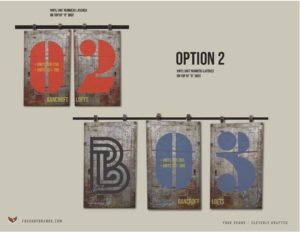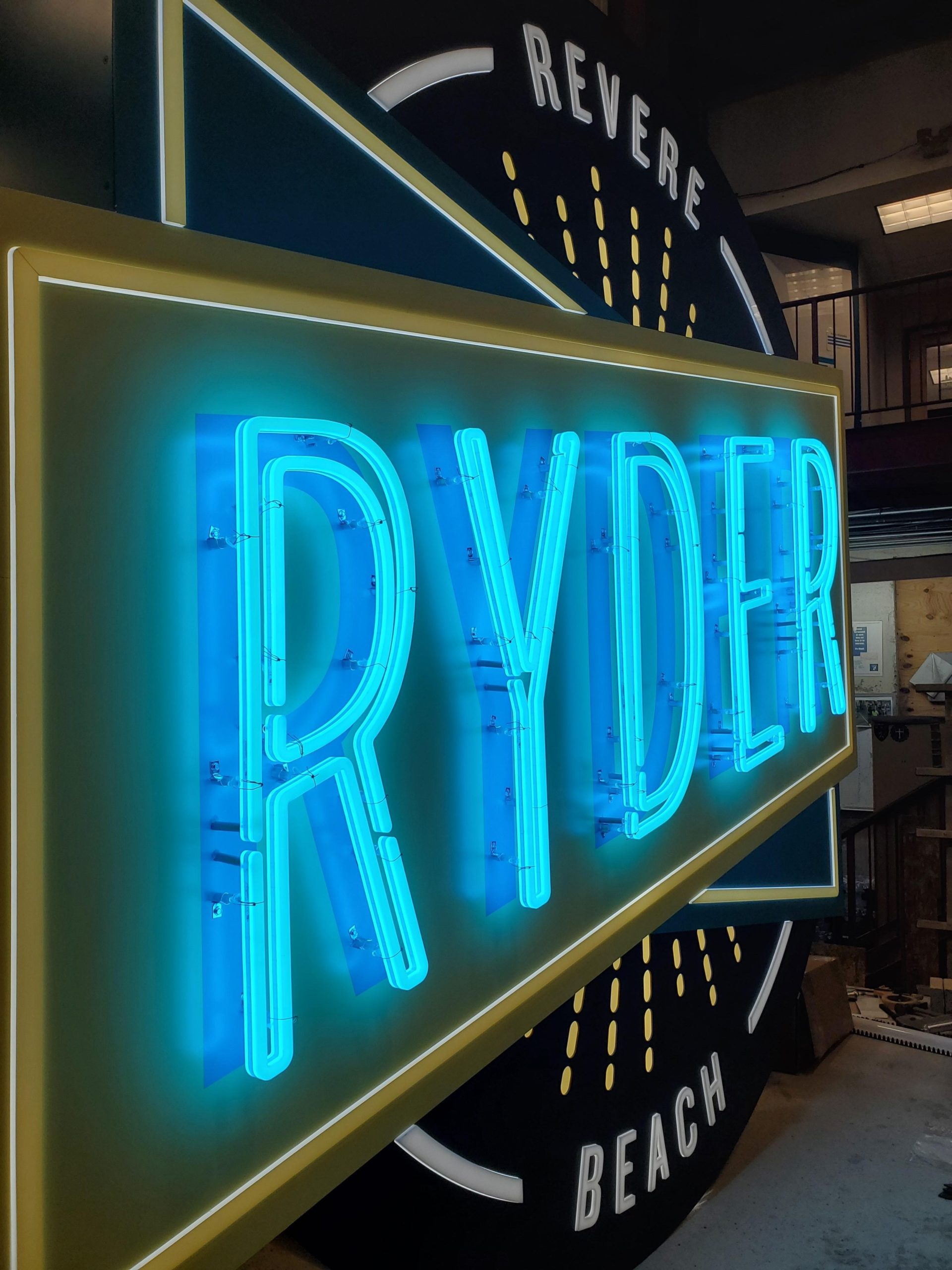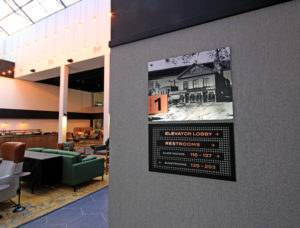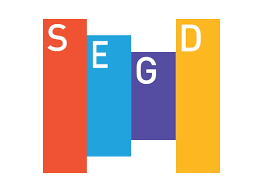2021 Signage Trends
Architectural Signage, Exterior Signage, Functional Signage, Interior Signage, Signage ROIAn explosion of technology innovation has fueled and supported creativity across many industries — and the signage industry is no exception. Companies — retailers, business owners, healthcare facilities, and other entire industries — have been forced to strategize ways to remain relevant and profitable during the COVID-19 pandemic.
The signage industry has been right there offering unique solutions to help companies achieve their goals in part by upgrading, rebranding, or revamping their images.
But what does that look like in 2021?
- A return to minimalism
- A focus on sustainability
- Increased use of digital signage
- Diverse innovations
- Greater personalization
- Expanded faux finishes
- More Interaction
- Refreshed Wayfinding
Celebrating Minimalism
Constantly bombarded by messages and tens of thousands of images daily, we crave a break from that sometimes overwhelming visual stimuli. Cluttered graphics and logos have given way to a more minimal design philosophy.
White space — and places to rest our eyes — is in! Because we live in such a digital world, we crave and want to interact with brands that reflect a single personality. Simple, unembellished signage becomes humanizing. A sleek, sophisticated, minimal approach allows companies to connect emotionally with their target audiences.
Arcadian Hotel
Metro partnered with Fox Creative and Group One (which is also working with Westbrook) to design the signage for this new hotel. In addition to integrating historic images we took of the Brookline community into the wayfinding signs, we created signage that integrates the original grid pattern of the exterior landscape and interior fixtures into both interior and exterior signage.
Our goal included mixing history with a modern/newer appeal to create a sleek and sophisticated look.
Championing Sustainability
Clients, consumers, and customers value businesses who work to improve and preserve the environment. The signage industry is one of many sectors that has embraced the theme of sustainability and environmental consciousness.
Forward thinking signage companies have incorporated sustainable practices into their manufacturing processes; and they’re working with clients to reuse and repurpose materials in creative ways, too.
Ryder Apartments
Metro has been collaborating with general contractor Callahan and developer Red Gate on this multi unit residential project in Revere Beach. The stakeholders wanted the look of neon for the building’s exterior signage. But they opted for faux neon, because the LED bulbs are more energy efficient, durable, and sustainable.
The building’s location — directly across from the beach — also factored into the sign’s material. Sand and other environmental grit would wear out the neon hardware, and those repairs are costly.
Deep Diving into Digital
Like analog, static signage, dynamic digital signage has also embraced a more simple, modern approach. Companies see value in the ease with which they can personalize trending messages, sales or specials, and updated information.
These attention-drawing signs, when connected to systems, communicate messages in diverse internal and external environments. Popular trends for 2021 include:
- Mobile device and digital signage compatibility
- High quality, bright display screens
- Automated content creation
- Advanced audience tracking
- Digital signage custom kiosks and wayfinding
- Beacon technology
Embracing Innovation
Signage companies are embracing and utilizing technology, like 3D printers and laser CNCs, to design and manufacture innovative signage. They’re working with clients to incorporate graphics with hashtags and mobile devices. Signage company leaders recognize that the ways in which content is consumed and shared is as diverse as the audiences it targets.
Enhancing Personalization
When we’re recognized — or a company identifies and offers a solution to our needs — we’re thrilled. Companies spend millions on collecting and evaluating data on consumer habits. Signage companies can also make use of that information to personalize signs that target specific audiences or groups.
Featuring Fabulous Faux Finishes
Faux finishes offer a wide range of design options that fit more budgets, installation and safety requirements, and strict building code restrictions. Thanks to modern technology like wide format flatbed printers and laser tools, signage companies can replicate thousands of finishes like metal, stone, wood, brick, leather, or marble for a whole lot less than the original material.
When it’s done professionally, it’s hard to tell it apart from its real counterpart. Faux finishes offer the flexibility to create a cohesive look throughout a building’s interior and exterior. You can match colors and textures exactly.
Bancroft Building Apartments
This residential multi-unit building will live in a historic building — and former factory — that the owners chose to renovate. They wanted to keep an industrial look and feel, so Metro’s using a faux finish that includes block and steel and ties everything together.
The contractor salvaged old doors from the building, so we’re turning them into wayfinding signage for different corridors. We couldn’t use vinyl because of the doors’ textures, so an artist will paint the doors by hand.
Inviting Interaction
Interactive digital signage invites customers to engage with businesses, products, and promotions. This signage helps customers to find inventory or make purchases, offer feedback or try products virtually.
But it’s not just digital signage that’s designed for interaction. How many companies, organizations, institutions like Fitchburg State, or businesses encourage visitors or clients to pose in front of their external signage, take a picture, and post to social media? Interesting or unusual signage may increase the chances that your brand will circulate to even more viewers — and no one turns down free advertising!
Refining Wayfinding
With so many people embracing a DYI approach, it’s only natural to design and install wayfinding signage that informs, guides, and directs people where they need to go. In a post-pandemic world, companies will also rely on well-designed wayfinding signage to facilitate easy, safe, hassle-free navigation.
The complexities of finding your way from point A to point B will only increase, especially with the rise in mixed use properties. Exterior wayfinding is poised to become an even greater need, as developers turn malls into multi-purpose buildings or modify multi-building campuses like The Landing at Hudson Mills that offer a diversity of residential, business, and entertainment venues.
Signage has the power to connect people. The new year brings a new look that’s refreshing and modern to attract customers — and attention — in positive ways by creating a welcoming, inviting environment.


